When the North Atlantic generates first autumn storms its European coast becomes a promise land for surfers. Locals celebrate. Land locked surfers starts to pack and hit West, toward the ocean.
They take the course on coastal towns of Portugal, France, Spain and Great Britain. Even though mornings and evenings are cold, there’s plenty of sun and surfable waves. Is it a good time to hit the water for those who wish to improve their surfing or even start the journey? I strongly believe it’s the best time.
Every spot in every country I wrote about in articles about spring, summer or winter surfing in Europe won’t let down in autumn. The only thing left to do is to make a decision about the specific destination. I recommend to explore northern Spain (Cantabria and Galicia). And for those who wish to jump into world class surfers between sessions there’s the southwest France.
Destination no 1: Galicia, Spain
It’s definitely not a place for those who dream about surfing in boardshorts under the cloudless sky and in warm water. Galician autumn doesn’t coddle, but offers an opportunity to learn how to surf in private almost exclusive circumstances and with prices lower than those in Portugal and France.
How to get there?
It’s hard to find direct flight from Poland. For now, the best way would be to fly to Madrid and then take a domestic flight (for example with Ryanair) to Santiago de Compostela. For those who have more time for traveling there’s an alternative: a flight to Santander and then a 500 kilometers car ride to the Galician coast.
The weather
The land beautiful in its wilderness receives every west Atlantic swell hitting the European coast. This results in excellent waves, but severe weather. The closer to winter, the colder, windier and more rainy. For surfers it means only one thing: less crowded breaks! In September and October a 3/2 mm wetsuit is required. I would also take a pair of surfing boots to couple of breaks (Pantin for example) due to the fact that water temperature doesn’t exceed 16 degrees Celsius there.
Where to surf?
The coastline of Galicia contains of multiple sheltered bays with beach and point breaks. Landing in Santiago de Compostela a beginner surfer has two travel options: North or South.
When going south the best direction would be surroundings of the city of Vigo, a small town Patos to be exact. This consistent beach offers beach and reef breaks, that works with NW swell. What’s more, Prado Surf School has its branch in Patos. I surfed with them during my spring surf trip. Here’s more about surfing in Patos.
In the northern part of the province the best spots can be found around A Coruna and Ferrol. These include: Pantin, Doninos, San Xurxo, Santa Comba, Campelo, Bastiagueiro. And Bastiagueiro is the one I had the opportunity to explore in terms of surfing.
Read more about Bastiagueiro beach characteristics and my experiences from the northern Galicia
Speaking about the norther part of the region I can’t miss Razo, which lies 40 km west from A Coruna. This huge, sand and rock bottom beach offers the strongest and most regular A-frame waves in the region. Thanks to its space, it can handle almost unlimited number of surfers, providing comfort to both amateurs and rippers. There are two surfing schools on the site: Art Surf Camp and Raz Surf Camp. I rented a board from one of them. The price: 20 euros for 2 hours. It’s a lot compared to prices in other parts of the region. Due to the lack of competition you have to pay if you wanna surf.
Why it’s worth to go there:
- Large number of spots for beginner and intermediate surfers
- Not too many tourists in this part of the country, which means no crowds in the water
- Excellent surfing conditions (due to favorable geographical location)
- Amazing landmarks
- Low prices in comparison to the southern Spain and Portugal
Destination no 2: Cantabria, Spain
This Spanish autonomus community, which lies between Asturias and the Basque Country has a rich surfing history. In 2012 coastal county called Ribamontan al Mar gained the natural surfing reserve status. In whole Europe only one more province has this status. It’s portugeese province of Ericeira.
How to get there?
Thanks to the direct flights from Poland to Santander it’s possible to easily get there. The local capital of surfing is a small town of Somo, which provides 300 surfable days per year. In the early autumn it still can be crowded so it’s worth to search for the accommodation nearby. We found a very pleasant apartment with a beach just across the street in Noja, 20 kilometers from Somo.
The weather
When deciding to visit the norther part of Spain in autumn one has to remember that the air temperature is lower then in the southern part of the country (it usually reaches 20 degrees Celsius). Cloudiness is also more common. Both factors determine the number of tourists in the region, which is rather low. Autumn surfing in Cantabria requires a 3/2 mm wetsuit due to the fact that water temperature doesn’t exceed 20 degrees Celsius.
Where to surf?
The most suitable beginner and intermediate break is Playa de Somo, which provides consistent waves working with every tide, low or medium swell. More advanced surfers need to explore spots that lies east from Somo (for example Santa Marina reef break or El Brusco beach break).
Somo offers a wide variety of surfing camps and lessons. In September 2015 I paid 130 euros for a 5-day beginner course in Escuela Cantabra de Surf – the biggest and most popular local surf school. The course included 2 hours of surfing per day and the full equipment.
Escuela Cantabra de Surf headquarters
Why it’s worth to go there:
- surf spots ideal for beginners and intermediate surfers
- friendly and intimate atmosphere in Somo
- amazing landmarks including places like El Castillo cave
- well-developed tourist infrastructure (apartments, restaurants, surf schools, surf shops)
- great cuisine of northern Spain
- excellent location for exploring neighboring provinces (close proximity to Asturias and the Basque Country)
- direct flights from Poland (for example: Kraków-Santander)
Destination no 3: Nouvelle-Aquitaine, France
This southwest part of France is by many considered as the European capital of surfing. It’s here where Quiksilver has its European headquarters. Here the World Surf League runs the Quiksilver Pro France – one of the Championship Tour events. The surfing vibe is present all the time especially when the world best surfers come to Hossegor to compete in the first event of the so called European leg of the WSL Championship Tour.
How to get there?
From Poland it’s best to reach Lourdes, which lies less than 150 kilometers away from the coast. Bordeaux may be an alternative flight destination. It takes 2 hours drive to Hossegor from the airport.
The weather
September and October are the best months for beginner and intermediate surfers. In September the air temperature still reaches 25 degrees Celsius with a small decrease (20-21 degrees) in the following month. In October however the nights and mornings can be cold which means that a beanie and good layers are crucial to stay warm during the dawn patrols. The water temperature is still pleasant though. A 3/2 wetsuit would be enough. Some surfers use even short sleeves wetsuits.
Where to surf
The Hossegor-Seignosse-Capbreton region is rich with spots that are suitable for every level of surfers.
Beginner and intermediate surfers are advised to visit La Nord or La Graviere mostly as spectators during the Quiksilver Pro France, leaving those advanced playgrounds for pros.
photo: Damien Poullenot, WSL
photo: Damien Poullenot, WSL
photo: Damien Poullenot, WSL
photo: Damien Poullenot, WSL
It’s better to master your technique or taking first surfing steps on less demanding beaches. Here’s the characteristics of three of them.
La Sud, Hossegor
This sheltered beach break is suitable for those who wish to skip La Nord during big days. It offers mostly lefts. A good option for beginners that becomes unsurfable shore break during high tide.
Le Santocha, Capbreton
The most consistent wave in Capbreton that provides both lefts and rights. During the season a go-to spot for local surf schools, but still attended by more advanced surfers. Some sources claim that localism is present. Rips can be strong and paddle-outs can be long.
photo: Colin Lallemand, magicseaweed.com
Cote de Basques, Biarritz
This beach and reef break lies 40 kilometers south from Hossegor. It’s very popular among beginner surfers and longboarders. It offers best conditions with the western swell and eastern offshore wind. The break works best during low tide providing clean lefts and rights. The most fun waves are shoulder-high. Further south the beach the waves become stronger.
Why it’s worth to go there:
- an iconic European surf region
- a wide range of surf schools, surf camps, surf shops and accommodation
- a large number of different spots suitable for all surfing levels
- Quiksilver Pro France live! (when visiting at the beginning of October)
- delicious local cuisine
- proximity of the Spanish border (possibility of exploring the Basque Country)
- direct flights from Poland
Thanks for reading. Now go surf!

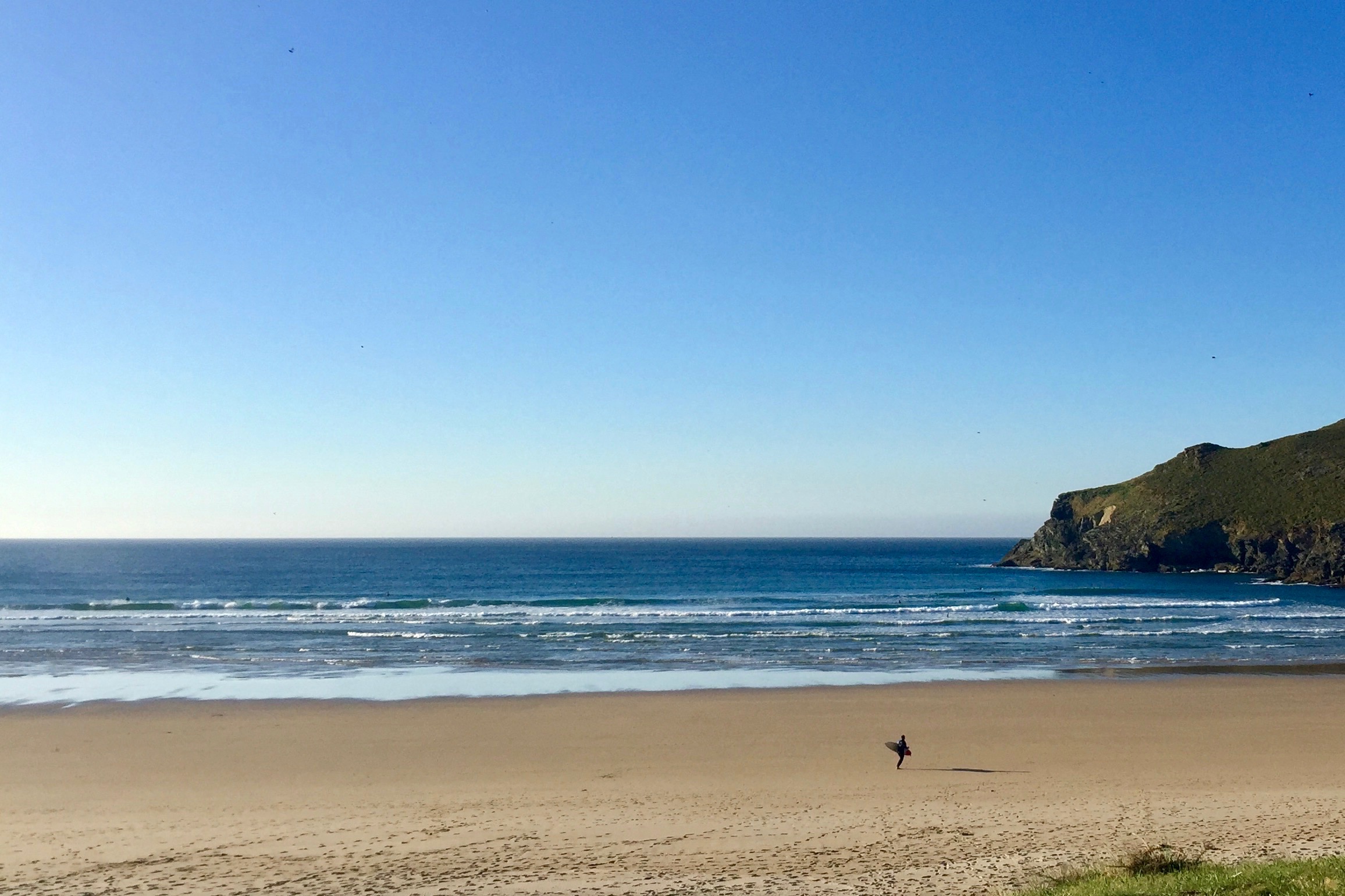

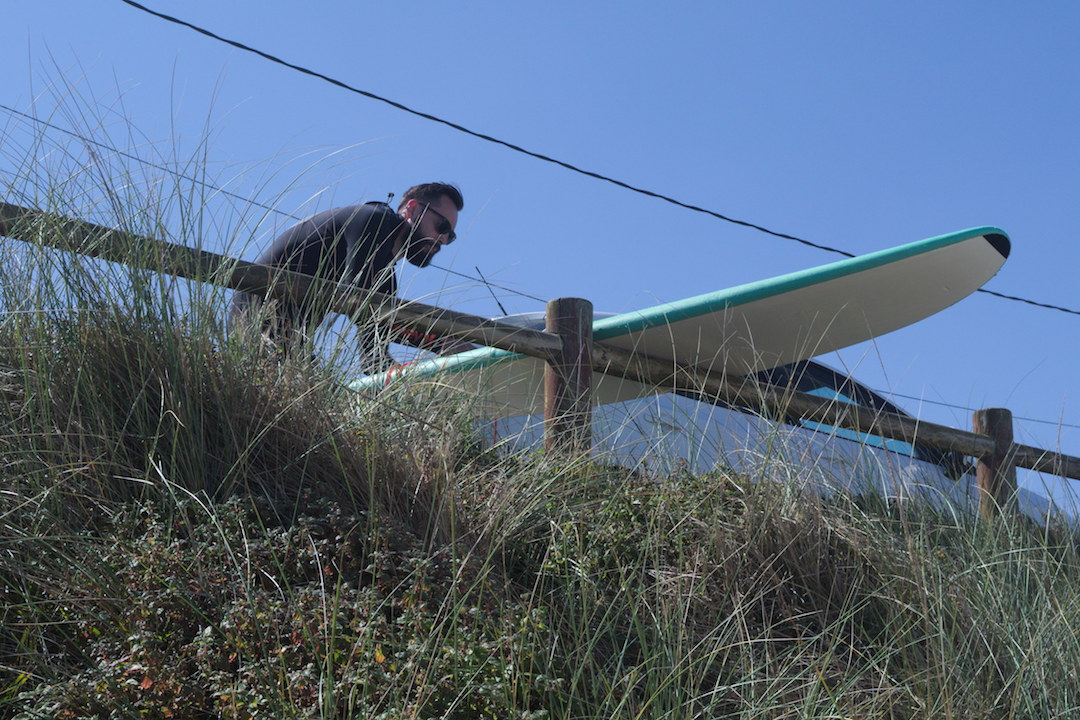
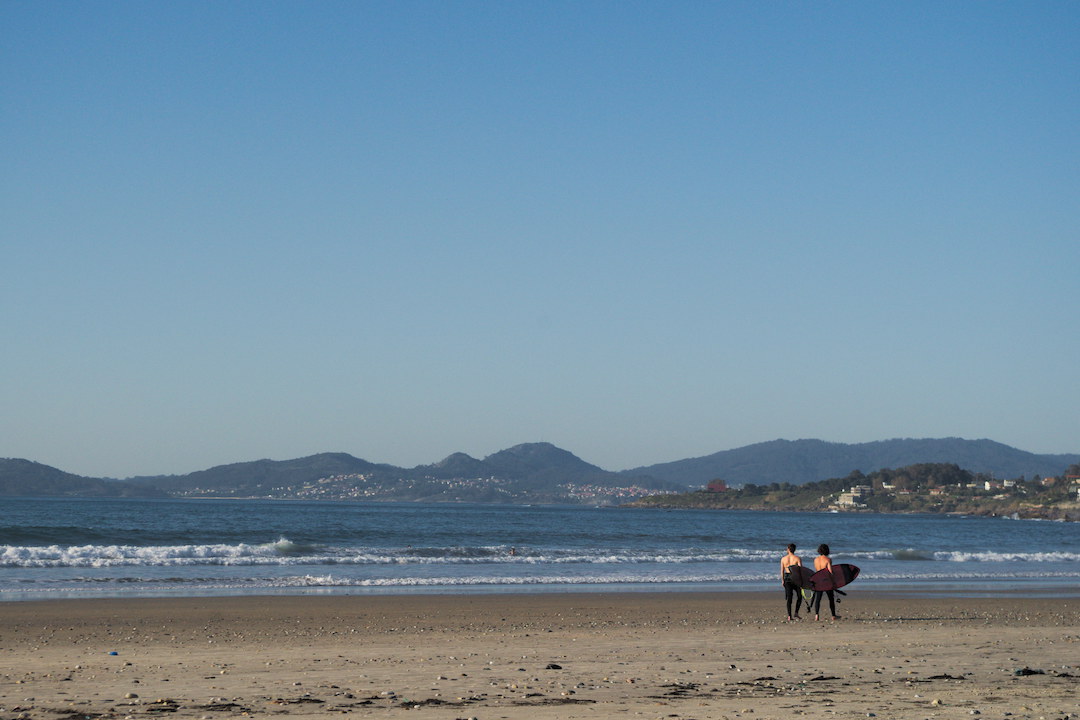
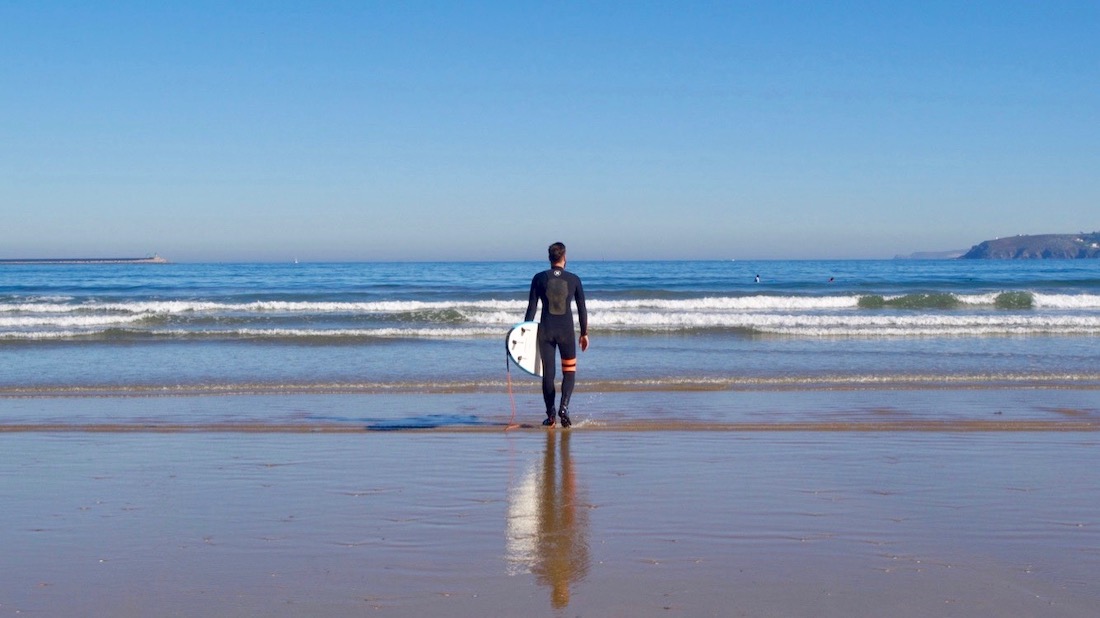
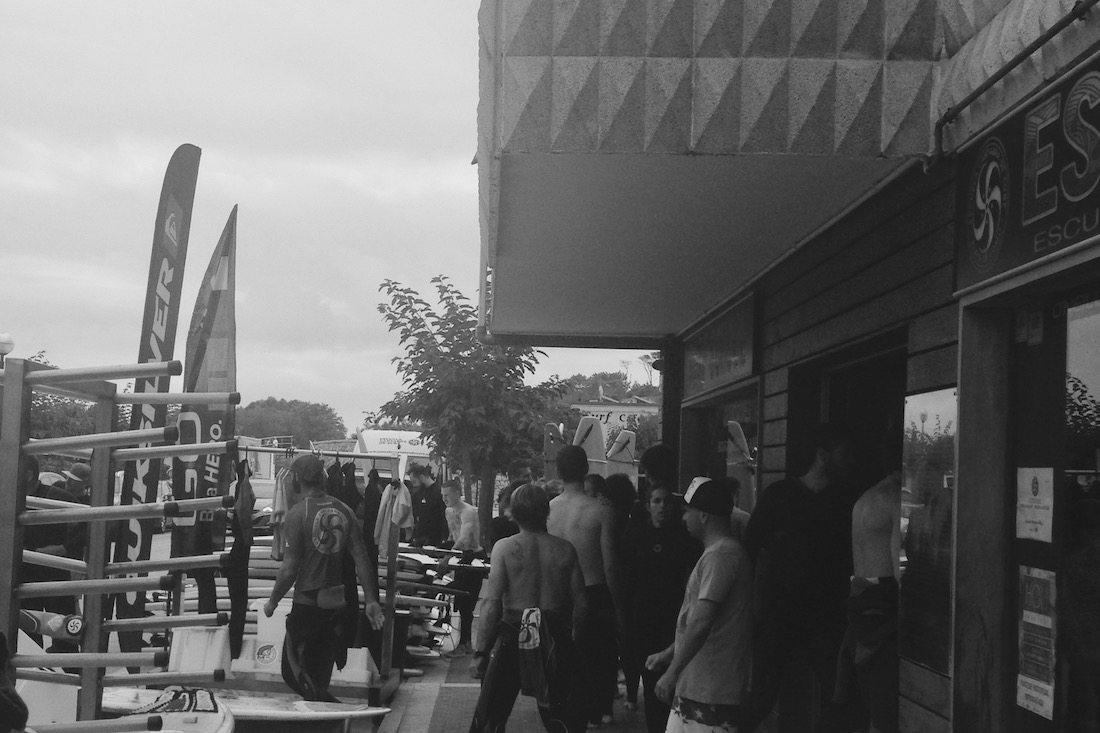
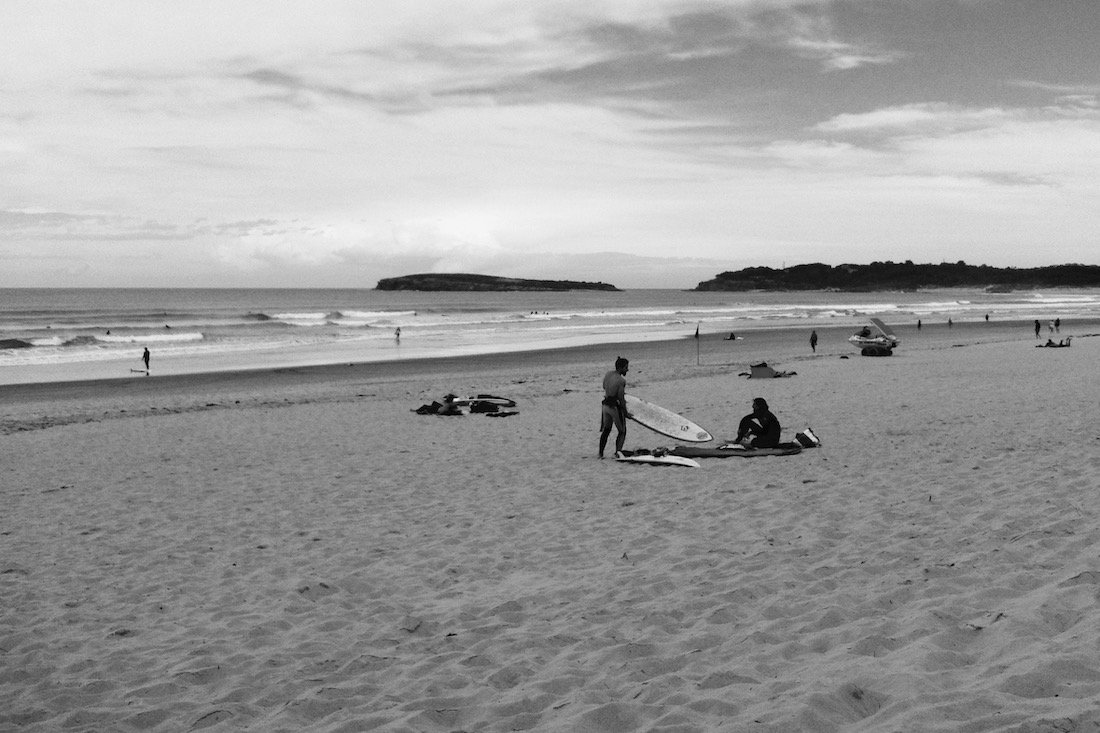
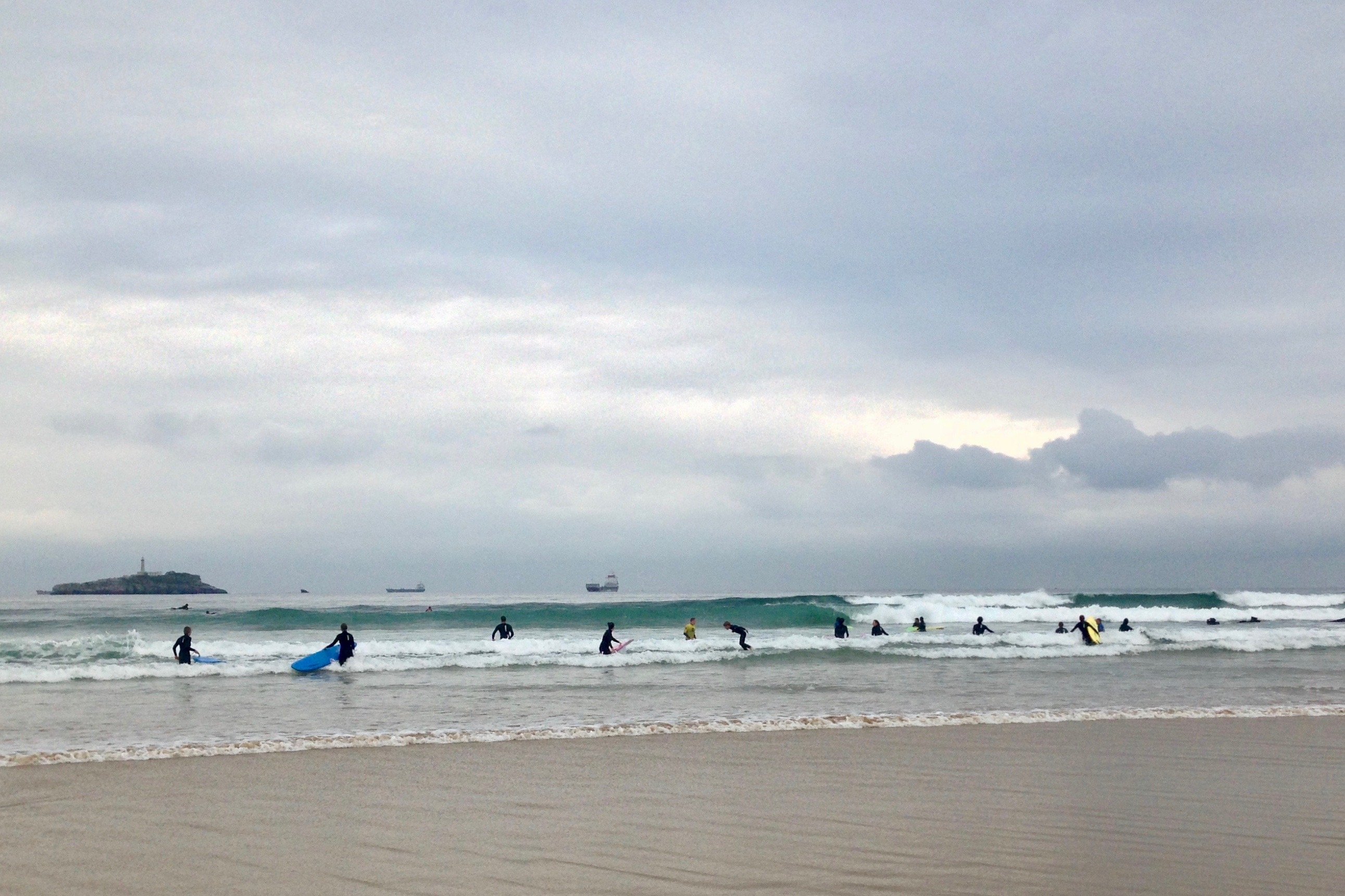
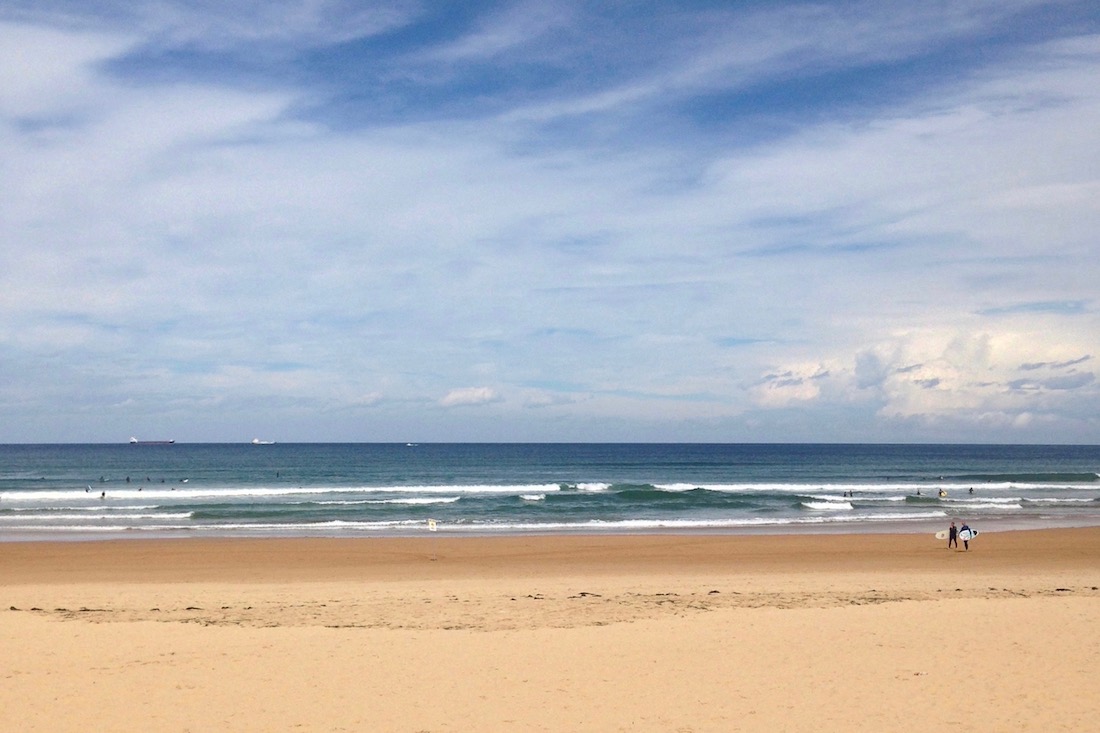
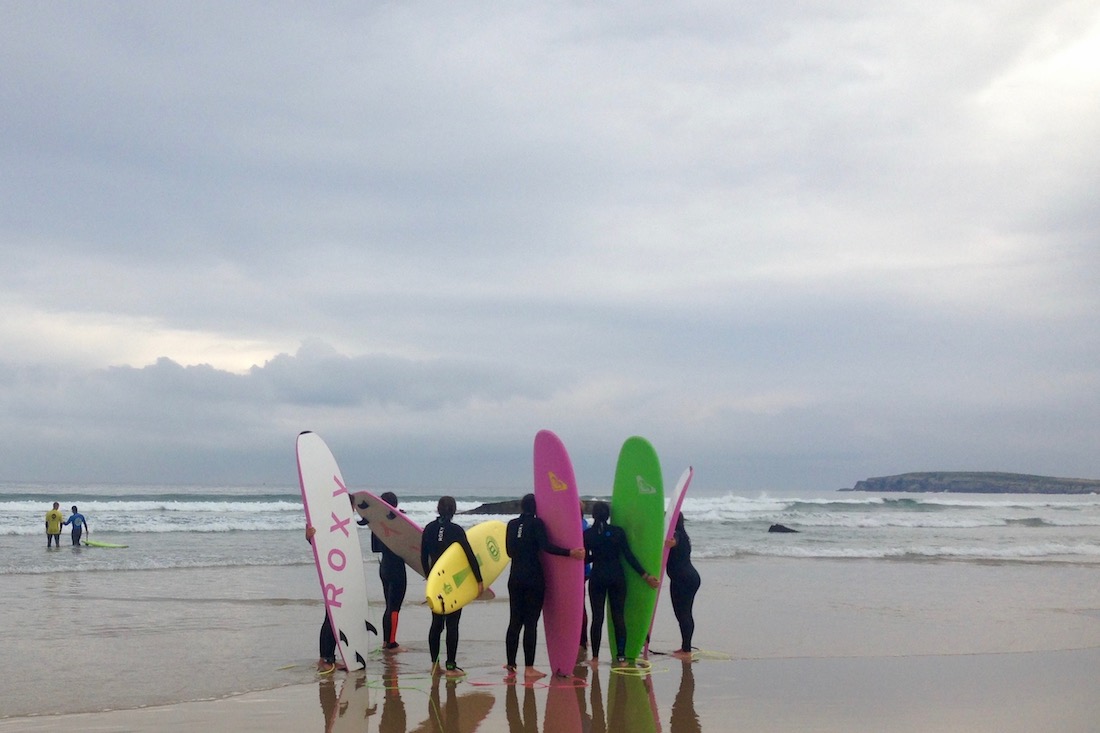
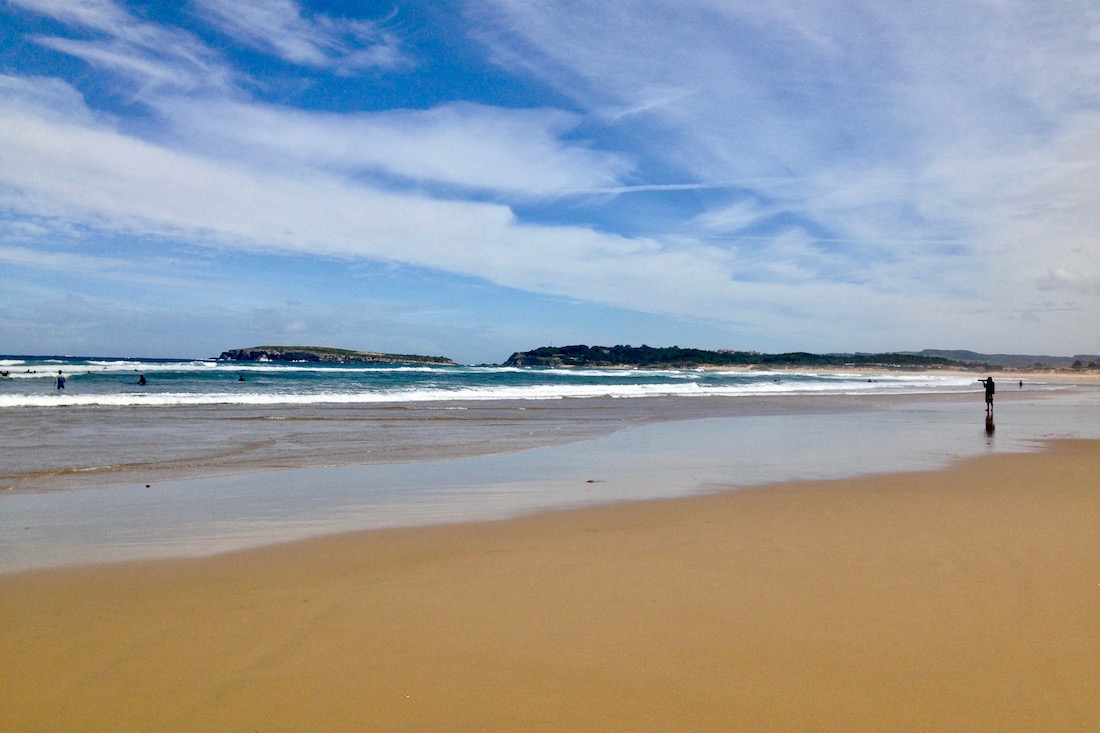
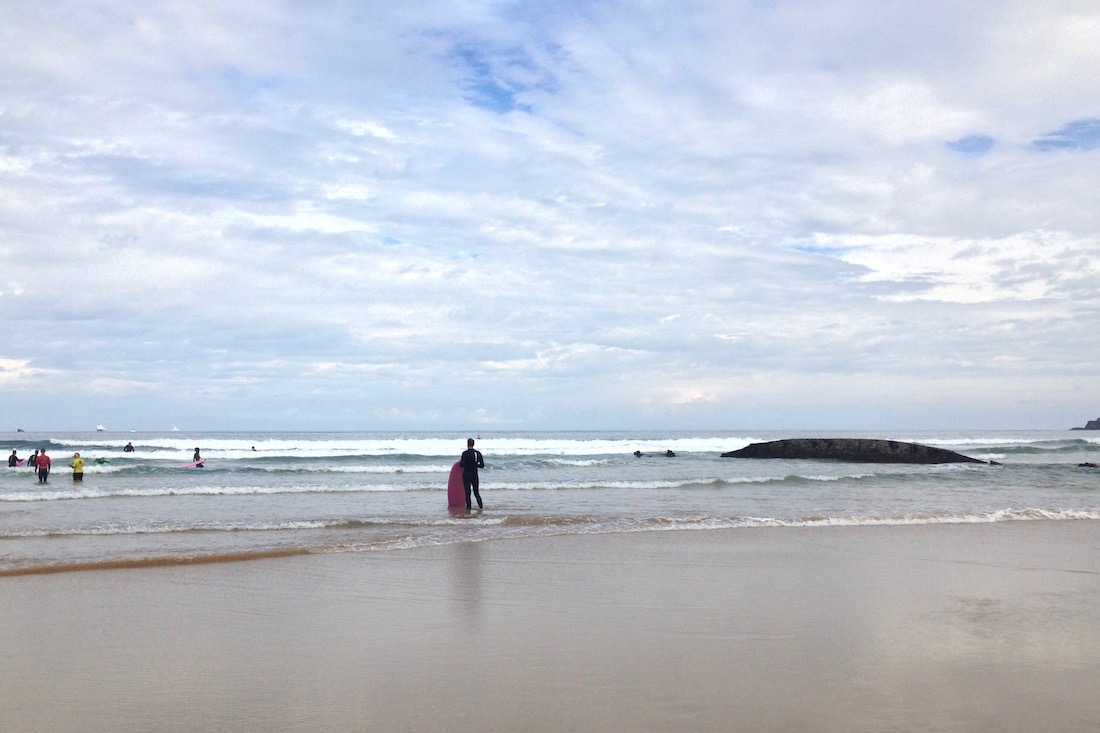
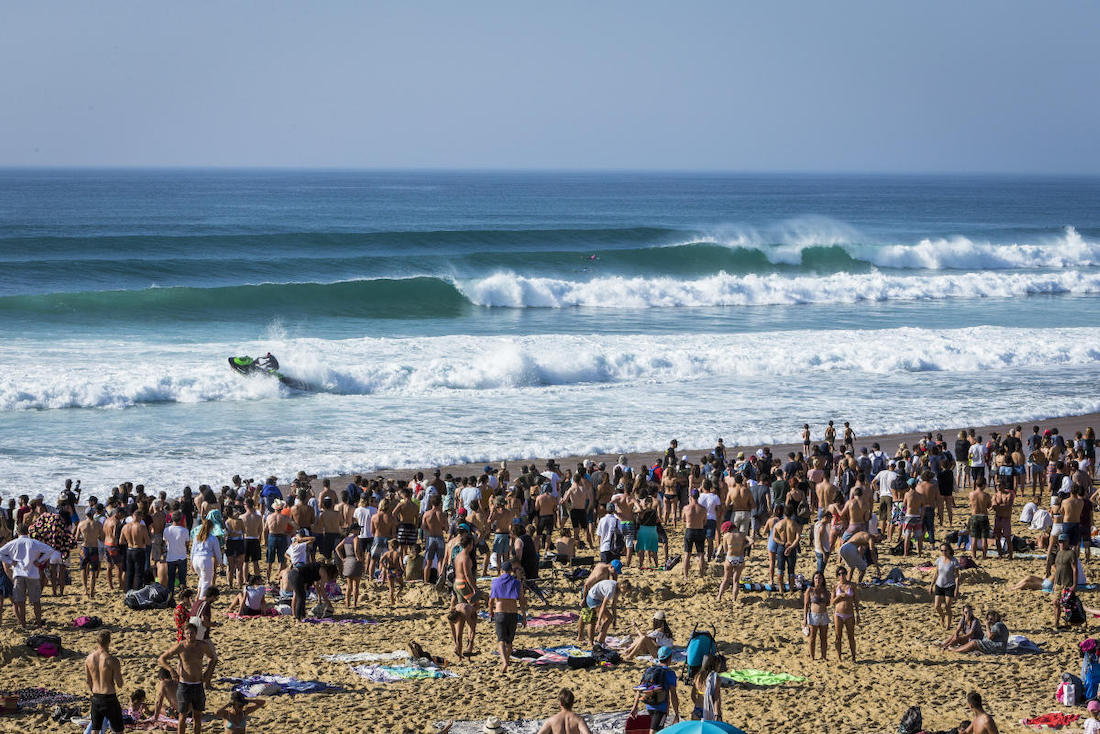
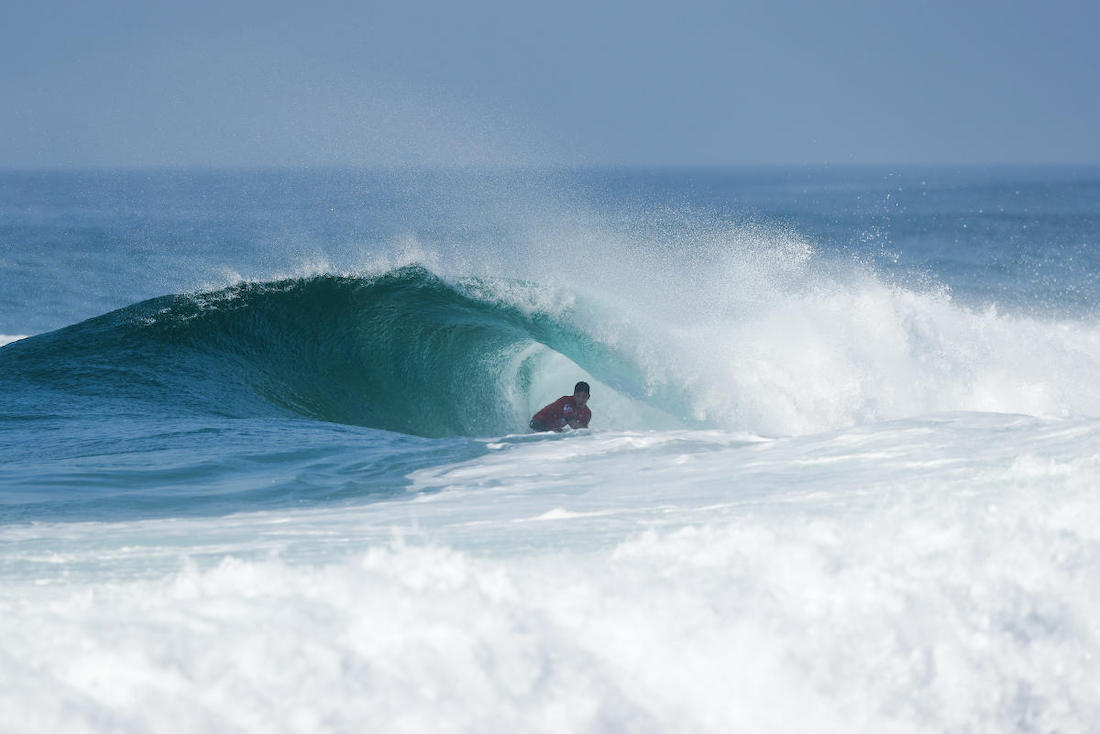
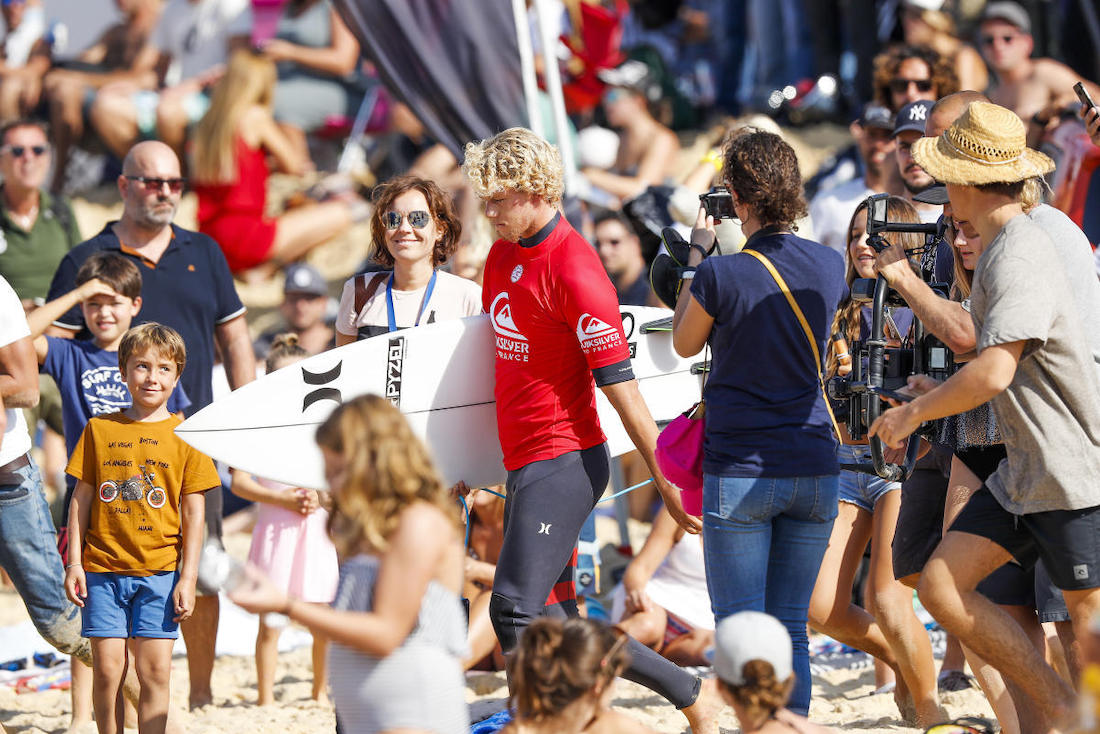
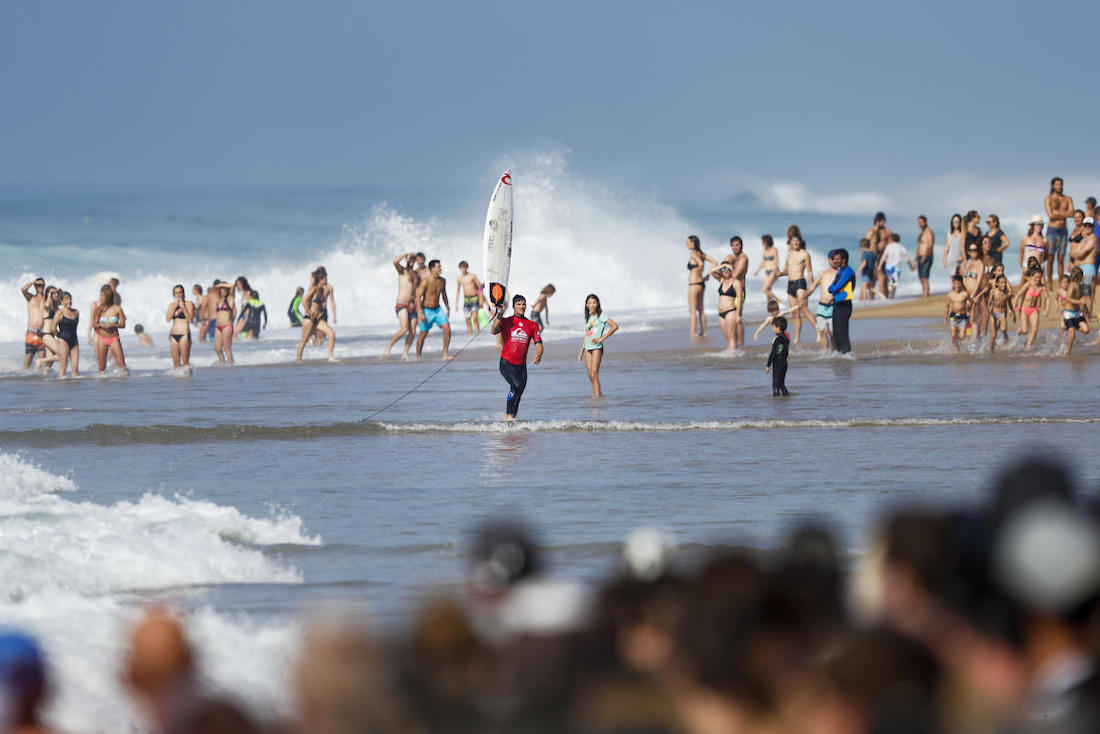
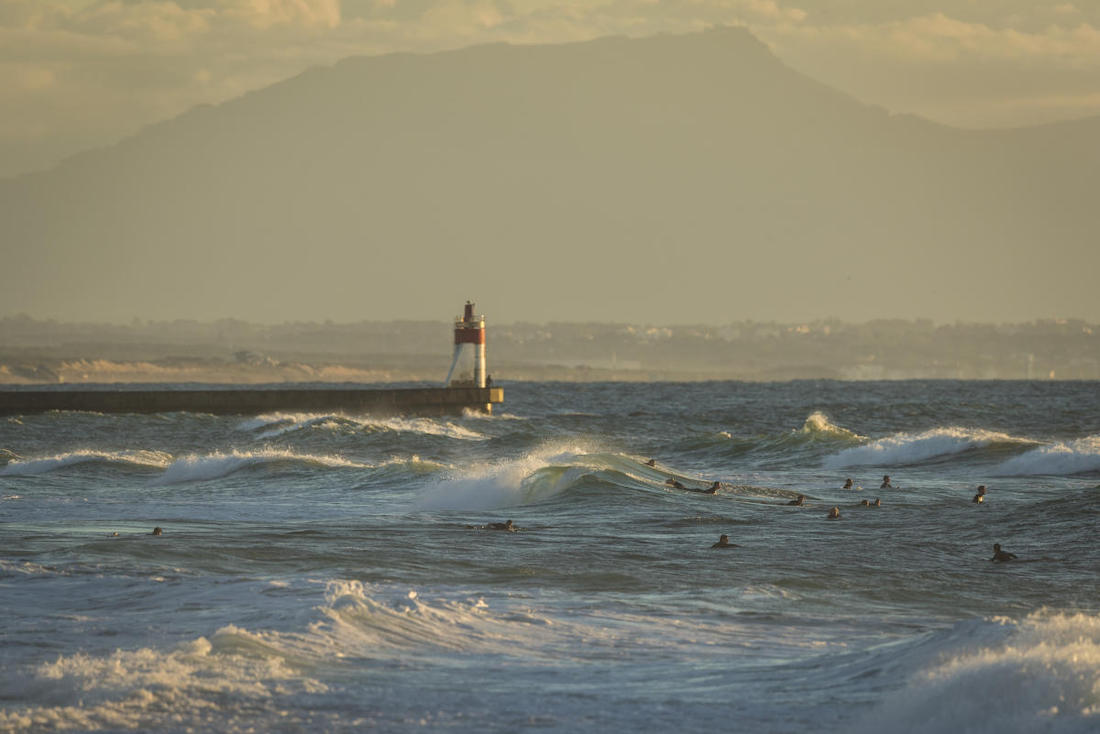
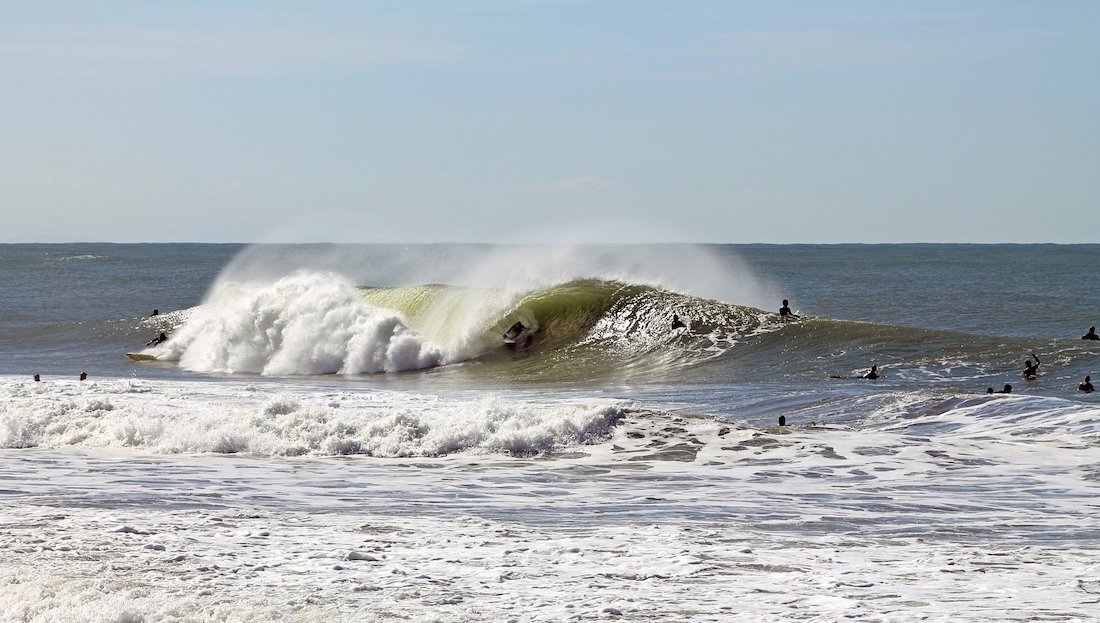
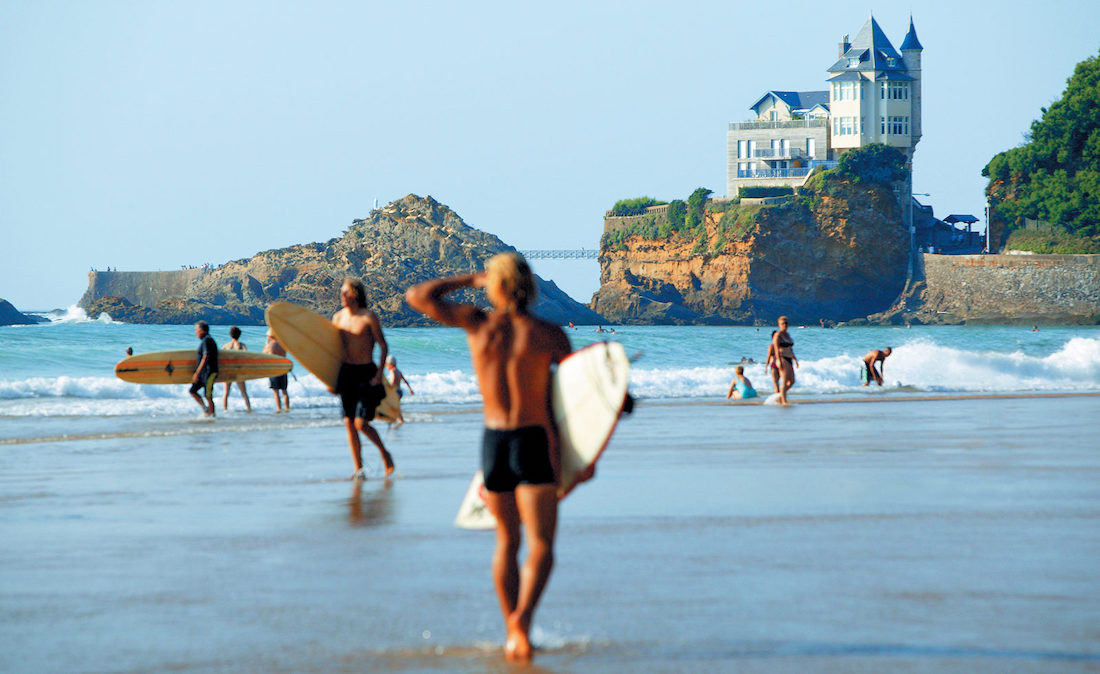
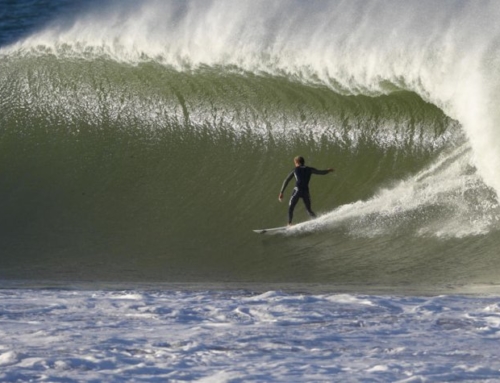
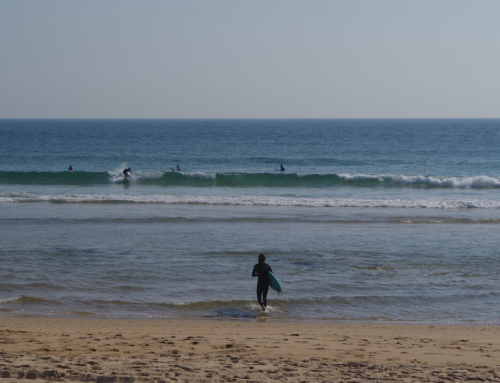
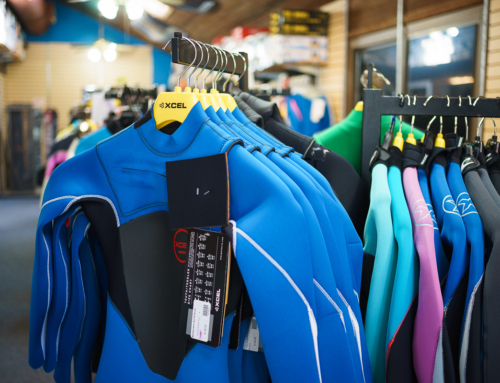
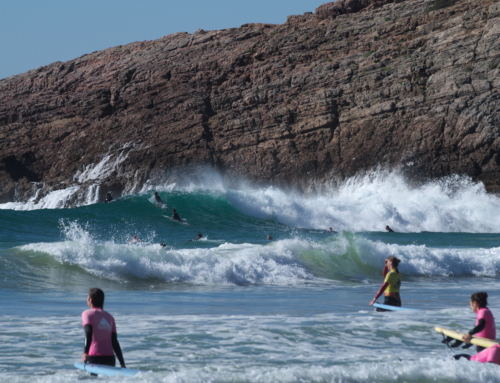
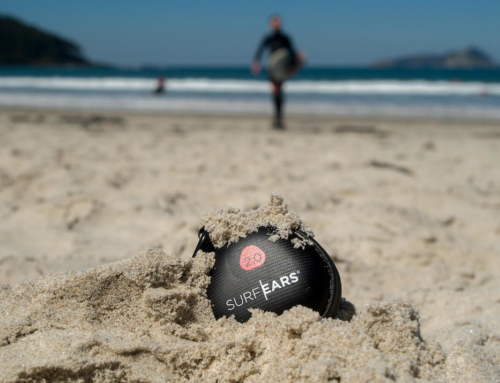
nice one 🙂